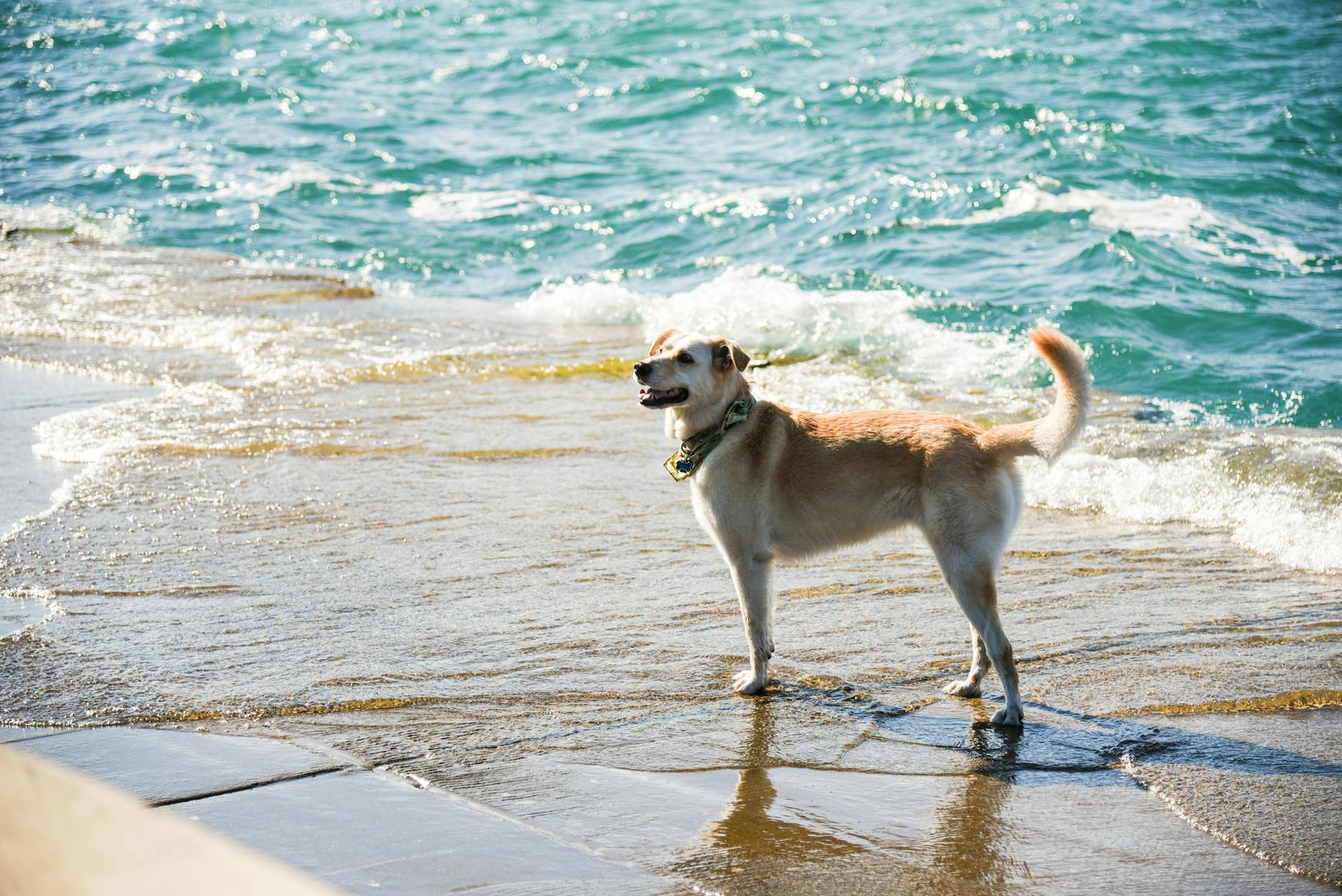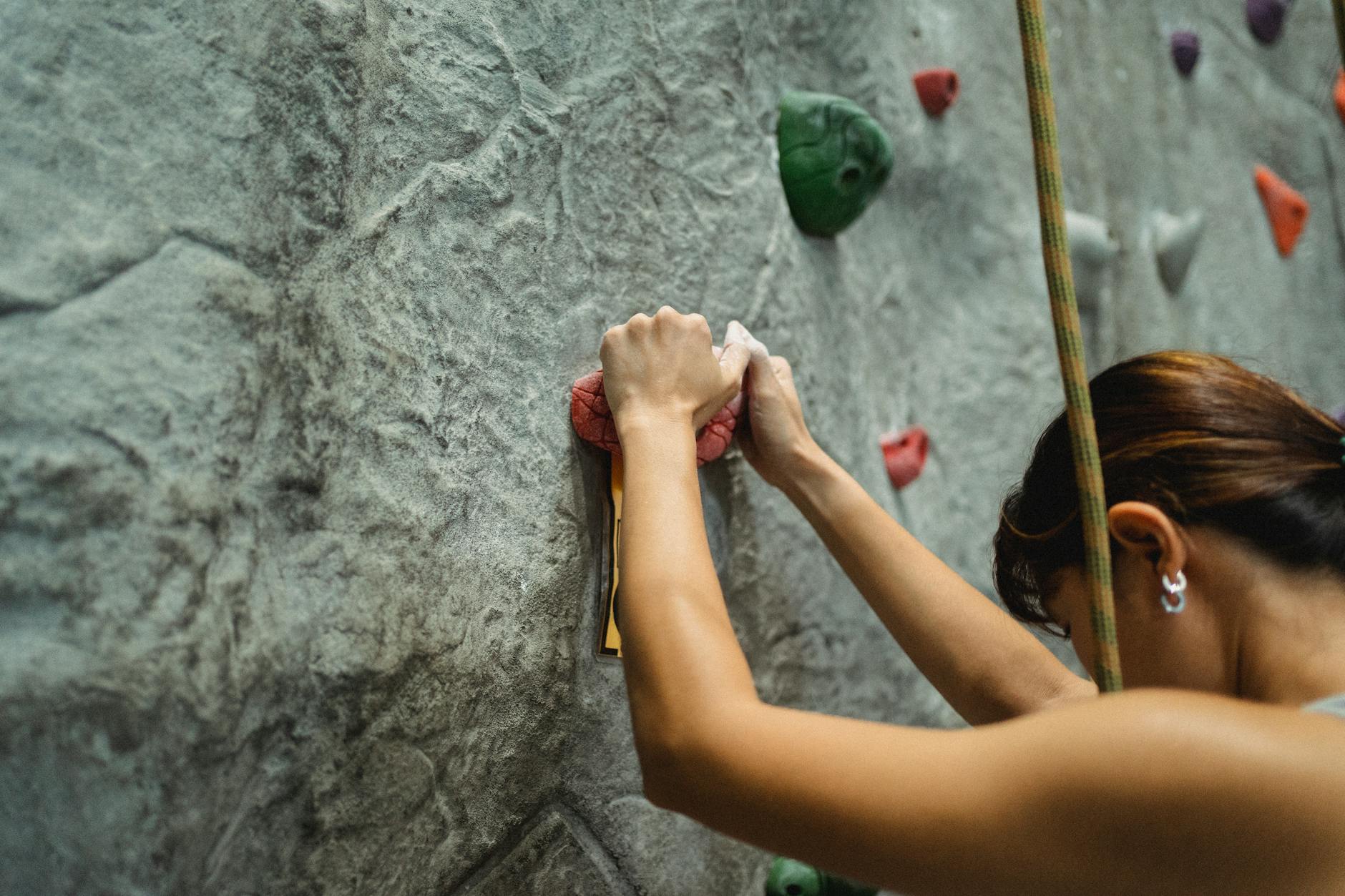How to Choose the Right Training Aid for Your Dog in Australia

Understanding Your Dog's Unique Needs
When preparing to embark on the journey of training your furry friend, understanding their specific needs is your starting block. Every dog has unique traits and habits; these should be considered in selecting the right training aids. For instance, if your dog shows signs of anxiety or a tendency to seek comfort, you might find a snuggle puppy to be a helpful companion. This stuffed toy, designed with a palpable heartbeat, provides soothing comfort, reducing stress and anxiety.
Creating a seamless blend of comfort and practicality is essential. When planning adventures, such as a leisurely outing to the South Bank Parklands for dog walks, investing in dog travel accessories ensures that outings are safe and enjoyable. From harnesses to portable water dishes, these accessories come in handy for keeping your dog comfortable while on the move.
Your environment plays a significant role in your dog's training. If you frequent bustling pet-friendly cafes in the West End or enjoy hikes up Mount Coot-tha, factoring in these aspects can provide more control during outings. Ensuring your dog’s training aids are versatile and adaptable to various settings and environments empowers you as a pet owner to offer the best care and training possible.
By paying close attention to your dog's behavioural patterns, pinpointing achievable training goals, and assessing environmental conditions, you're laying a solid foundation for effective, evidence-based training.
Exploring Training Aid Types
In the bustling cityscape of Brisbane, where weekends are often a delightful mix of leisure and exploration, I find myself recommending dog owners explore a variety of training aids. Whether you're chasing after your enthusiastic pup along the paths of South Bank Parklands or unwinding at a pet-friendly cafe in West End, having the right training tools can make a world of difference. Let's consider two effective options for pet owners eager to introduce discipline while ensuring their dogs' comfort and safety.
For an efficient way to limit your dog's outdoor excursions, consider a hidden dog fence. Unlike traditional fences, these devices create boundaries without altering the landscape, making them ideal for tech-savvy pet owners who appreciate discreet technology. They're particularly useful for active dogs who tend to test their limits or boundaries.
On the other hand, managing excessive barking calls for more refined solutions. Bark collars offer an adjustable approach, adapting to the temperament and needs of different breeds. Always opt for models grounded in evidence-based research to ensure they are both safe and comfortable for your pet.
Before making your choice, remember to assess your dog's specific needs. Each dog is unique, and selecting a training aid that fits both your lifestyle and your dog’s behaviour is critical to fostering a harmonious relationship.
Integrating Tech with Training
Compatibility with Smart Homes
For tech enthusiasts like us, the allure of seamlessly integrating pet training gadgets into our smart homes is hard to resist. One popular tool is citronella collar, which serves as a gentle deterrent to barking. When coordinated with your smart home system, you can schedule its activation to specific times of the day, ensuring peace and quiet during work hours without disrupting Kiki’s comfort. Furthermore, the system can notify you instantly, offering real-time insights into Kiki's behaviour while you’re out, perhaps enjoying a quick hike at Mount Coot-tha.
Automation and Scheduling
Streamlining your pet's routine through automation can make life much simpler. Integrating anti bark collars into your smart home allows you to coordinate their use with other devices. For instance, aligning the collar's activation with your smart lights can create a calming environment when Kiki gets too excited. The tech-savvy world of automated pet care offers the convenience of tailoring responses to specific situations, providing an evidence-based solution that reduces disruptions and enhances harmony at home.
Monitoring and Feedback Systems
The beauty of modern pet tech lies in its feedback systems. Keeping tabs on Kiki's activity levels while lounging at one of the pet-friendly cafes in West End becomes fuss-free. Advanced monitoring tools can track how Kiki responds to various training aids, delivering valuable data that informs future strategies. This approach ensures that interventions are not overly intrusive, thus preserving the equilibrium Liam values in his tech-enhanced lifestyle.
Training Best Practices
Positive Reinforcement Techniques
As a science-driven pet trainer in Melbourne, I focus on evidence-based solutions when working with dogs. Positive reinforcement is a key method I use, encouraging desired behaviours through rewards and praise. Offering treats or affection when your dog exhibits good behaviour can help build trust and motivation. Consistency is vital. For example, reward your dog every time they follow commands during walks in the South Bank Parklands or when they sit quietly at pet-friendly cafes in West End. This consistency strengthens the connection between action and reward, facilitating lasting learning.
Consistency in Habit Building
Consistency is more than just giving commands; it's about setting routines that your dog can rely on. Establish regular times for activities like walks, feeding, and play. A constant routine provides dogs with a sense of security, helping to lessen anxiety and confusion about what is expected of them. Incorporating tools like a citronella dog collar can help reinforce positive habits by gently deterring unwanted behaviours, making them a valuable addition to your training arsenal.
Adapting to Progress and Challenges
Every dog progresses at its own pace, so being flexible in your approach is important. If you find that certain techniques aren’t as effective as expected, consider adapting to suit your dog's needs. For instance, integrating a GPS dog tracking system can be highly beneficial for dogs that require more freedom but still need to be monitored. This can be particularly useful if you enjoy hikes with your pet at locations like Mount Coot-tha. Empowering yourself with the right tools and techniques ensures a harmonious relationship with your furry companion.
Making the Most of Your Pet Training Journey
Tailoring Methods to Your Dog's Temperament
Understanding the unique temperament of your dog is crucial for effective training. Each dog is different; some may be more receptive to interactive toys, while others might prefer gadgets that promote safety and vet gps tracker for dogs. Regular walks at the South Bank Parklands can give insights into your pet's social behaviours. You can utilise these experiences to identify the best methods that resonate with your dog, enhancing the training outcomes.
Emphasising Natural Learning
Incorporate a blend of structured training and natural learning. Engage your dogs in activities that mirror their natural instincts. For instance, if your pooch loves to explore, a hike at Mount Coot-tha could be both an exercise and a learning opportunity. Observing how they react to different stimuli in such environments informs how you tailor further training sessions. Evidence-based solutions suggest a balance between structured learning and spontaneous exploration can foster better behaviour.
Building a Community
Connecting with fellow pet owners at pet-friendly cafes in West End can provide invaluable insights. Sharing experiences and solutions within a community can empower you with additional strategies to address training challenges. It's a platform for discussing the efficacy of different anti-barking solutions or weighing the benefits of incorporating technology into your pet's training.
By embracing these strategies, you'll not only refine your approach to dog training but also empower yourself and your furry friend with knowledge and support.


